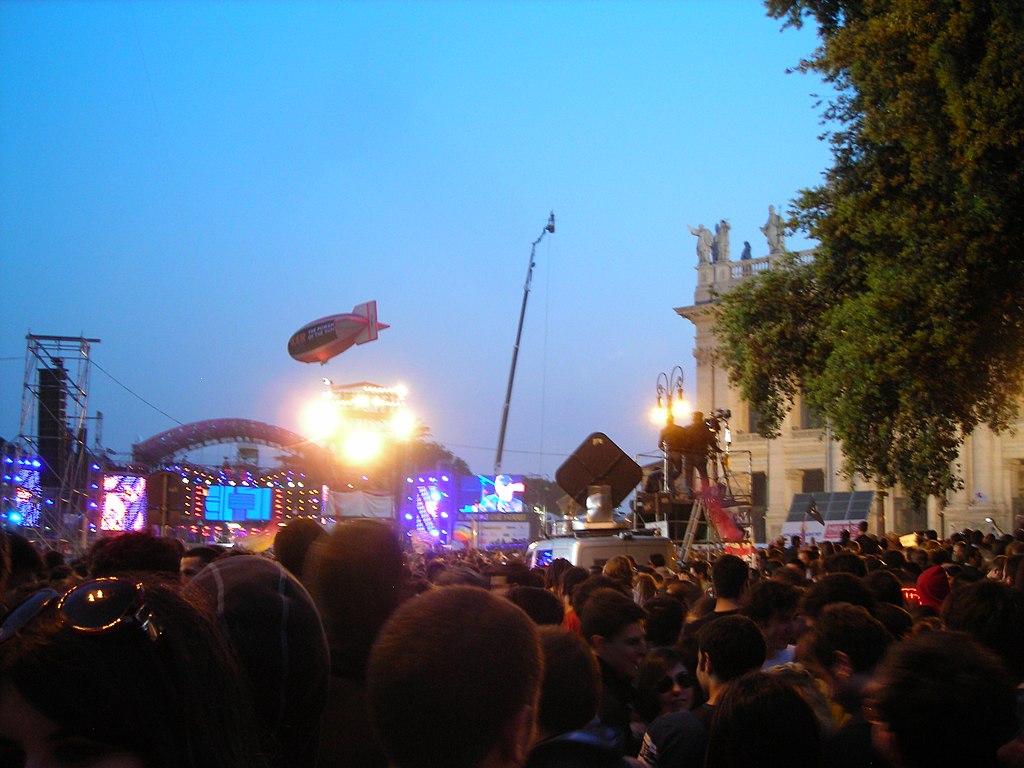May 1st is an important date for the Italian people, as it marks the celebration of Primo Maggio, also known as Worker’s Day. This holiday commemorates the struggle and sacrifices of the working class in Italy and around the world. It is a day of reflection and appreciation for the contributions that workers have made to society.
History of Primo Maggio in Italy
The origins of Primo Maggio can be traced back to the late 19th century. Labor movements around the world began to organize protests and demonstrations to demand better working conditions and higher wages. In 1886, the Haymarket affair in Chicago led to the deaths of several protesters who were advocating for an eight-hour workday. This event inspired workers across Europe to organize similar protests, and eventually, May 1st became recognized as International Workers’ Day.
In Italy, the first official celebration of Primo Maggio took place in the late 1800s. This event marked the beginning of a long tradition of labor activism in Italy, which continues to this day.
What Italians do on Primo Maggio
Primo Maggio is a national holiday in Italy, and many businesses and government offices are closed for the day. Italians typically spend the day with family and friends, enjoying picnics, concerts, and other outdoor activities. It is also common for people to attend political rallies and demonstrations, where they can voice their opinions on issues affecting the working class.
One of the most popular events on Primo Maggio is the annual concert in Rome’s Piazza San Giovanni. This concert, which is organized by Italy’s largest trade union, the CGIL, attracts hundreds of thousands of people each year. It features performances by some of Italy’s most famous musicians and is a celebration of the labor movement’s achievements.

Primo Maggio and the Italian Labor Movement
Primo Maggio is an important day for the Italian labor movement. People think about the progress that has been made to improve working conditions, as well as protect workers’ rights. Over the years, the labor movement in Italy has achieved many important victories. They include the establishment of the National Institute for Social Security and the enactment of laws protecting workers’ rights to organize and strike.
However, the labor movement in Italy still faces many challenges, including high levels of unemployment and job insecurity. In recent years, there have been protests and strikes by workers in various sectors, including public transportation, education, and healthcare.
The COVID-19 pandemic has also had a major impact on the Italian labor market. Many workers faced layoffs and reduced hours. In response to these challenges, the Italian government has implemented various measures to support workers. For example, wage subsidies and grants for businesses affected by the pandemic.

Conclusion
Primo Maggio is an important holiday for the Italian people. It celebrates the contributions and sacrifices of the working class. It is a time to reflect on the progress that has been made in improving working conditions and protecting workers’ rights. as well as the challenges that still exist. Italians typically spend the day with family and friends, enjoying outdoor activities, and attending political rallies and concerts. As the Italian labor movement continues to evolve, Primo Maggio remains a symbol of hope and solidarity for workers around the world.

